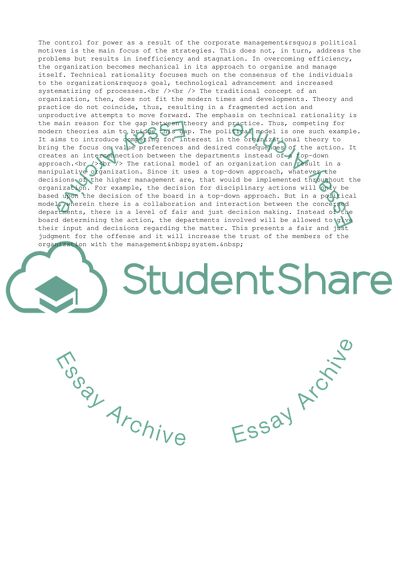Cite this document
(Organizational Choices, Values and Frames Assignment, n.d.)
Organizational Choices, Values and Frames Assignment. Retrieved from https://studentshare.org/management/1734537-judgment-and-decision-making
Organizational Choices, Values and Frames Assignment. Retrieved from https://studentshare.org/management/1734537-judgment-and-decision-making
(Organizational Choices, Values and Frames Assignment)
Organizational Choices, Values and Frames Assignment. https://studentshare.org/management/1734537-judgment-and-decision-making.
Organizational Choices, Values and Frames Assignment. https://studentshare.org/management/1734537-judgment-and-decision-making.
“Organizational Choices, Values and Frames Assignment”. https://studentshare.org/management/1734537-judgment-and-decision-making.


